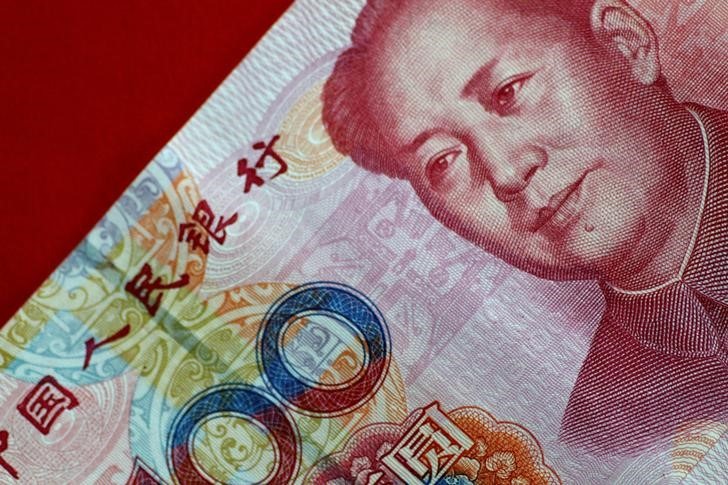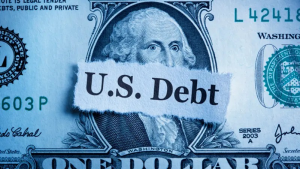Most Asian currencies eked out marginal gains on Monday as the dollar extended sharp losses after U.S. President Donald Trump delayed imposition of trade tariffs on the European Union, while the Chinese yuan ticked higher to its strongest level in six months.
The US Dollar Index, which measures the greenback against a basket of major currencies, fell 0.3% in Asia hours to its lowest level in over a month.
Dollar Index Futures were also trading 0.3% lower in Asia hours.
Dollar dips further on Trump tariff uncertainty President Trump on Sunday announced an extension of the deadline for imposing 50% tariffs on European Union imports, moving it from June 1 to July 9.
This decision followed a phone call with European Commission President Ursula von der Leyen, during which both leaders agreed to intensify trade negotiations in the coming weeks.
The uncertainty around Trump’s trade policies kept investors on edge and pushed the dollar lower, as seen during Trump’s earlier fluctuating decisions.
The dollar was already under pressure from last week after the U.S. House of Representatives narrowly passed President Donald Trump’s sweeping tax-cut bill. The bill is set for a Senate vote now.
According to the Congressional Budget Office, the bill is projected to add approximately $3.8 trillion to the national debt over the next decade.
Asia FX marginally up; traders cautious amid potential trade talks The Japanese yen gained marginally on Friday, with its pair USD/JPY falling 0.1%.
3rd party Ad. Not an offer or recommendation by Investing.com. See disclosure here or remove ads.
Media reports showed that Japanese ministers will arrive in Washington in early June for a fourth round of trade talks.
With a weak greenback, most Asian currencies continued their upward trend, although gains were capped by persisting trade uncertainty.
The Chinese yuan’s onshore USD/CNY pair edged 0.1% lower to its lowest point since early November 2024.
The Australian dollar’s AUD/USD pair rose 0.3%.
The Malaysian ringgit’s USD/MYR pair declined 0.5%, while the South Korean won’s USD/KRW pair edged 0.1% lower.
The Singapore dollar’s USD/SGD pair fell 0.3%, while the Indian rupee’s USD/INR pair lost 0.2%.













